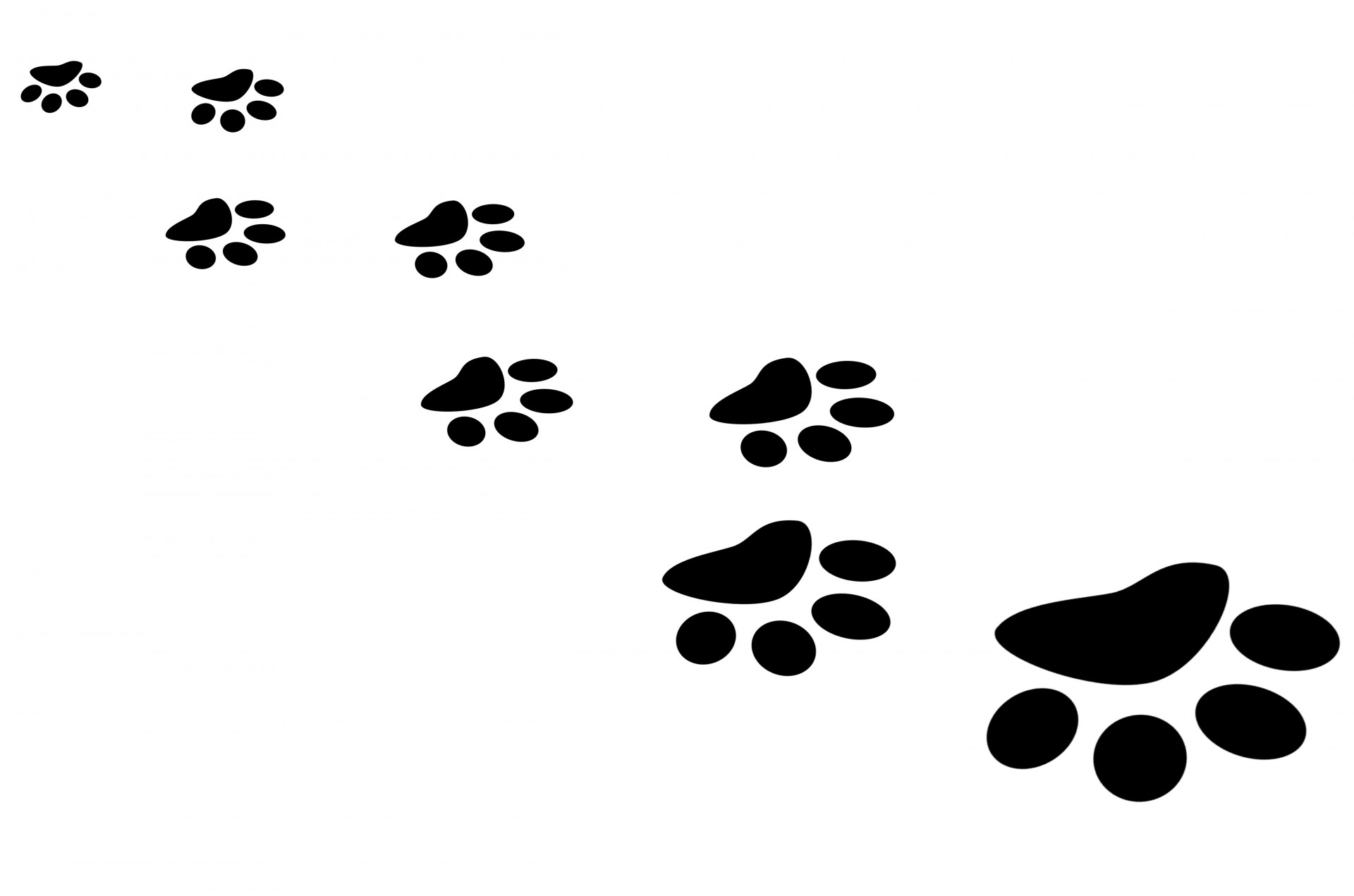
To give credit to authors and acknowledge their ideas (whether you quote them or not).
To avoid plagiarism.
To allow others to track ![]() the sources you consulted, so scholars can have conversations about your topic.
the sources you consulted, so scholars can have conversations about your topic.
"Paw Print Cat Free Photo" by George Hodan is licensed under CC0 Public Domain
 Watch the 2 minutes video Citation: A (Very) Brief Introduction, created by NCSU Libraries. This video is licensed under a Creative Commons 3.0 BY-NC-SA US license.
Watch the 2 minutes video Citation: A (Very) Brief Introduction, created by NCSU Libraries. This video is licensed under a Creative Commons 3.0 BY-NC-SA US license.
This slide presentation was presented as part of EKU's Teaching and Learning Innovation (TLI) Series. It presents info on the most notable changes in the APA's new 7th edtion of its publication manual.
A citation or reference is the information given in a bibliography or a database about a particular title, which often includes:
There are many ways to format citations. The style you choose depends on your field and the requirements set by your Instructor.
Template
Author, A. A., & Author, B. B. (Year of Publication). Title of article: no capital after colon. Title of Journal, Volume(Issue), Page Range. URL or DOI
Print Article
Ellery, K. (2008). Undergraduate plagiarism: a pedagogical perspective. Assessment & Evaluation in Higher Education, 33(5), 507-516.
Online Article
Herbst-Damm, K. L., & Kulik, J. A. (2005). Volunteer support, marital status, and the survival times of terminally ill patients. Health Psychology, 24, 225-229. doi: 10.1037/0278-6133.24.225
Adapted from UWM Libraries
You can often find all the information you need for a journal article citation on the first page of that article.
**click on image to enlarge it**
Adapted from UWM Libraries
For full details, please read the APA blog post.
ChatGPT and other Large Language Models are useful tools for developing a research question or drafting preliminary text, but the results it produces are not reproducible or retrievable -- therefore, the "chat" produced is more analogous to a personal conversation.
When citing ChatGPT, use the same citation standard as that used for algorithms and similar software. Authors should also describe the use of ChatGPT in the introduction section of their papers.
ChatGPT may not be authoritative, even when providing "sources" upon request.
| Example Citations |
| In-text Narrative citation When prompted with “Is the left brain right brain real or a metaphor?” OpenAI (2013) responded with the ChatGPT generated text that, although the two brain hemispheres are somewhat specialized, “the notion that people can be characterized as ‘left-brained’ or ‘right-brained’ is considered to be an oversimplification and a popular myth”. |
| In-text Parenthetical citation When given a follow-up prompt of “What is a more accurate representation?” the ChatGPT-generated text indicated that “different brain regions work together to support various cognitive processes” and “the functional specialization of different regions can change in response to experience and environmental factors” (OpenAI, 2023; see Appendix A for the full transcript). |
| Reference OpenAI. (2023), ChatGPT (Mar 14 version) [Large language model]. https://chat.openai.com/chat |
|
Plagiarism
|